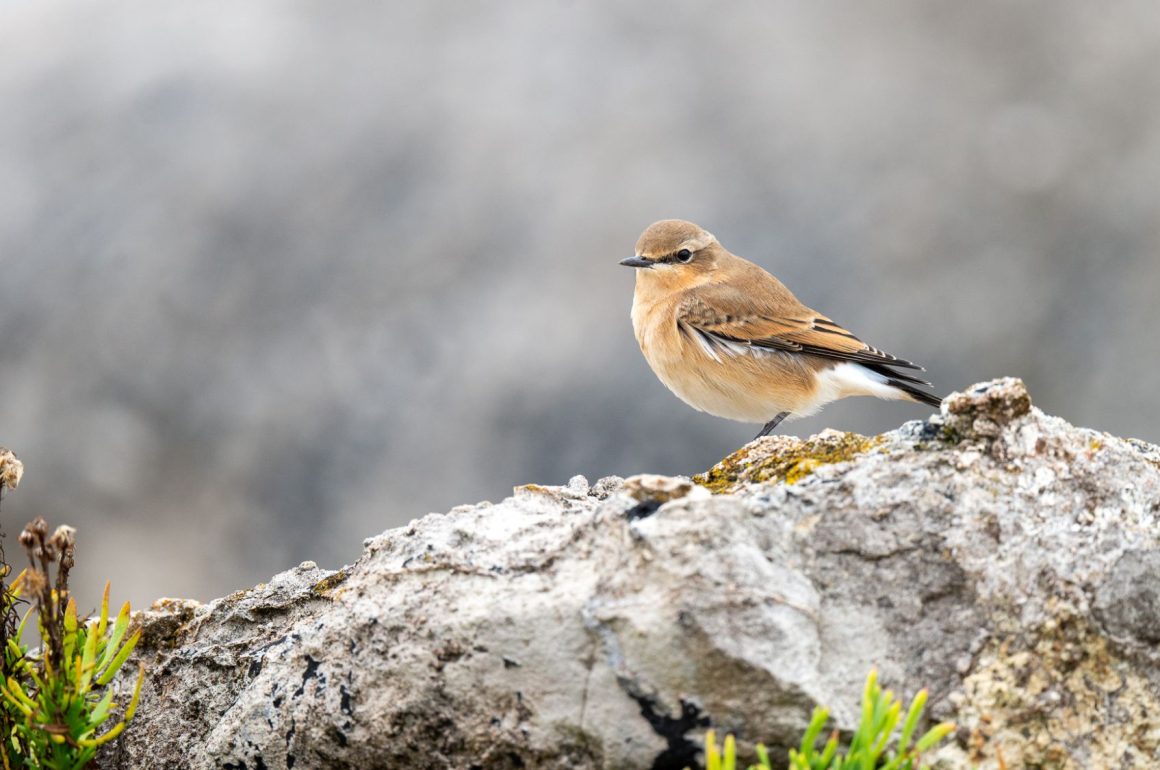
The UK is a very interesting place for birding – on the one hand, the species rather pale in comparison to many more exotic species (just like any other central European countries), but on the other hand there are excellent birds around, especially migrants, and in particular a huge number of birders who find them. A British teacher in my high school who was also a birder once told me anecdotally that there are more birders than birds in Britain. We would definitely know of fewer birds (especially vagrants) in the UK if there weren’t that many birders to comb through every single group of waders and look for wing-bars and superciliums on every warbler-like beast that visits the islands. I greatly enjoyed the little birding I have done here previously, and fortunately I managed to slip a tiny bit of birding at the Isle of Portland into a recent week-long vacation in the UK.
The Isle of Portland is well-known as the origin of what is apparently the best quality limestone used for many buildings in London and other cities. While this was a curious fact, I was more interested in what the place offered above, rather than below, ground (which I should be able to safely say as this place doesn’t host any subterranean-breeding birds like Burrowing Owls or Crab Plovers). I spent around an hour around the Portland Bill Lighthouse, which resulted in a few nice sightings, though nothing out of the ordinary.
The cold, grey and windy weather reminded me of Helgoland, and this feeling was reinforced by the good numbers of Northern Wheatears which were also a common migrant in the coastal scrub on Heligoland.
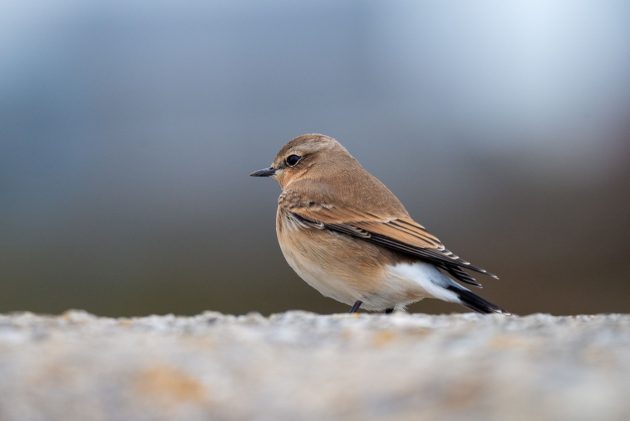
Areas with trees and brambles were unfortunately not teeming with migrants as I hoped. Some Common Chiffchaffs were around and Meadow Pipits passed overhead, but House Sparrows and European Robins were still the more common birds. I was hoping for some less common migrants, of course, but I believe that the weather was not bad enough to result in a ‘fall’ of birds.
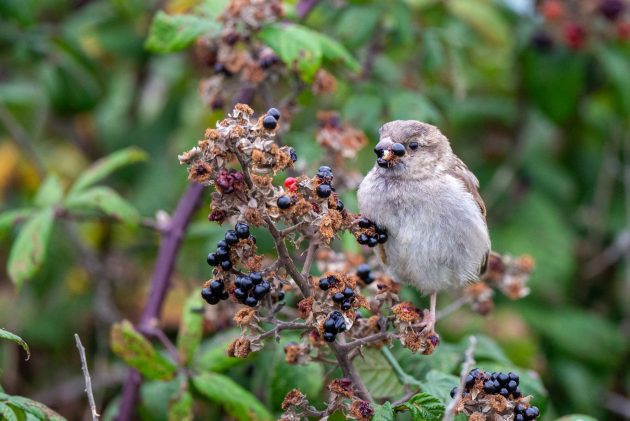
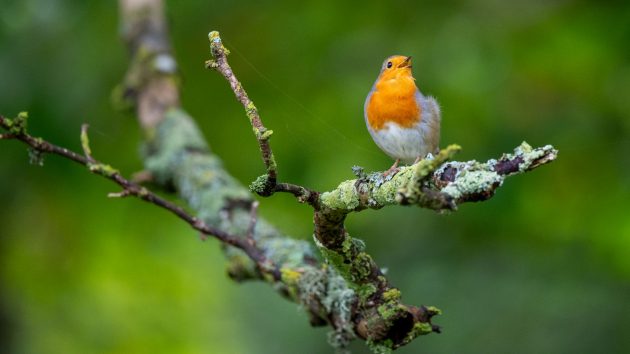
Large groups of European Goldfinches were also around. I am still trying to get a nice photo of the goldfinches, and it appeared as if I would finally have better chances as some birds appeared less shy than they usually are. However, I was rather dismayed when I noticed that the tamer individuals were always the juveniles without the attractive plumage, leaving me with only average photos of the more colourful adults.
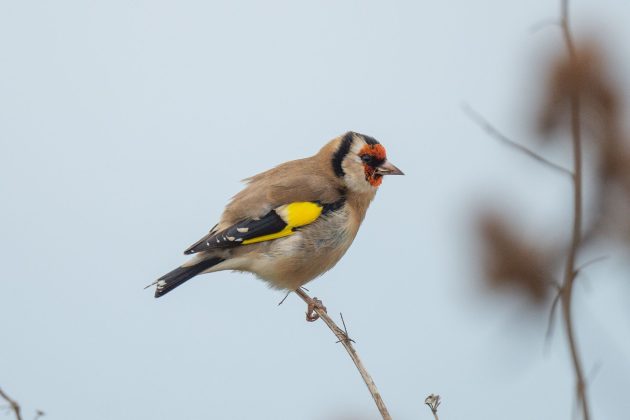
Rock Pipits were also quite common. One individual even took its time to stretch its wings, giving me some of the best views I’ve had of this species.
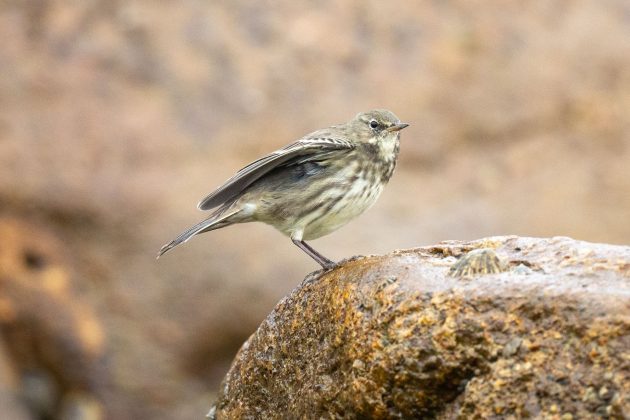
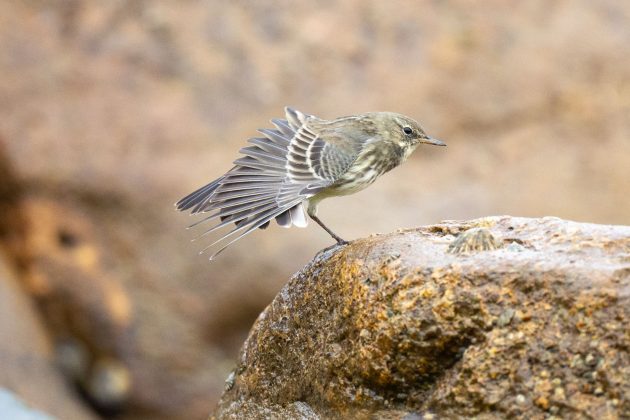
The most surprising sighting to me however was of a few Common Ravens, which were being fed by some tourists. I don’t know whether this is just me not having been to enough places with this species, but I have only ever seen ravens in the canopy or flying far away, not as a tame bird hopping around the feet of people. This was a unique opportunity to observe the details of this species and I noticed the scaly appearance of their feathers for the first time.
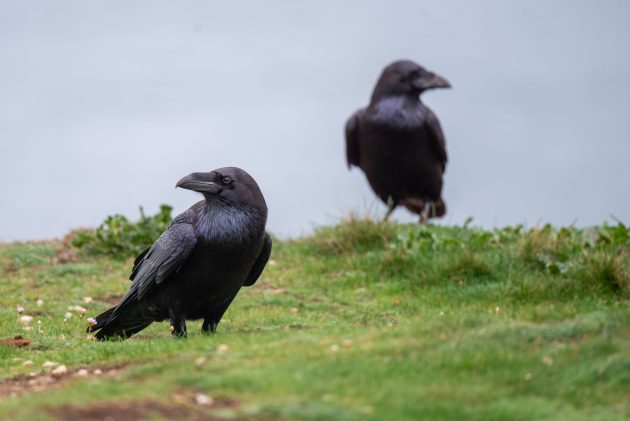
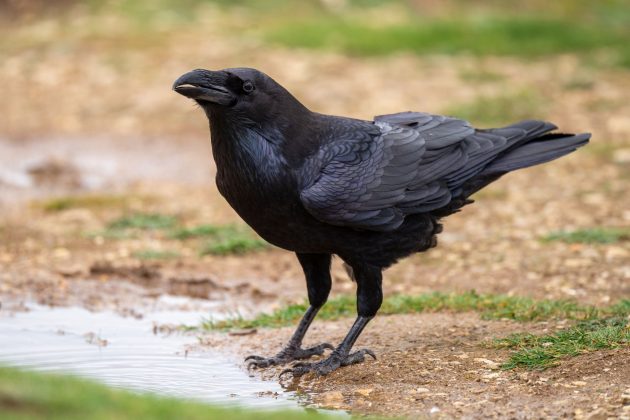
The rough weather and rugged scenery at this site was an enjoyable setting to squeeze in a bit of birding. While I definitely prefer birding in warmer areas, there’s something about rugged coastlines in colder and greyer areas that I really like. I think it’s the thought of being out in the inhospitable cold (clearly you can notice that I prefer being in the sweltering tropics than slightly chilly and windy sites) and then returning into the warmth to celebrate some rarities over a cup of hot chocolate. Slightly less romantic, I soon returned to the warmer car to get back onto the route as I was running late.











Who needs tanagers when you have wheatears?!